|
Philadelphia, the financial heart of the nation, in 1790 established the first stock exchange in the United States; yet, New York, a more easterly port, was first to receive news as ships arrived from Europe. The speeding coaches that clattered from New York to Philadelphia carried speculators and stock-jobbers, agents of foreign investors, and inside traders with privileged information that could move the market, and make their fortune at the expense of the Philadelphia merchants. Philadelphia merchants subscribed 348 Pounds to finance the opening of the London Coffee House in 1754 by William Bradford, a printer. The London Coffee House soon became the center of Philadelphia's business and political life. Sea captains, merchants, auctioneers, and soldiers congregated here to do business and to talk politics. For many years, a portrait of King George hung on the Coffee House wall. As English tax policies grew more oppressive, Philadelphia's merchants mobilized. Talk in the London Coffee House turned to politics and strategy. John Adams met here with Dr. Benjamin Rush and other advisors. The King's portrait came down. When the Declaration of Independence was signed a few blocks away, the business of the city changed to revolution. William Bradford left to serve in General Washington's army. Robert Morris, the "Financier of the American Revolution," made sure that Washington had the funds to feed and arm his troops. Morris was so well respected in Philadelphia that his word of honor was enough to secure immense war loans, even the City Tavern (later re-named the Merchants Coffee House) functioned as the city's exchange from 1790 to 1834. On March 23, 1834, a fire destroyed the building. During Philadelphia's occupation by the British, the London Coffee House remained closed due to its Revolutionary War Idealism. The City Tavern, located at Second and Gold Streets, replaced it as the center of social and business life. Bradford returned in 1778 after the British had departed. He attempted to re-establish the London Coffee House, but after two years of struggle admitted that he could not compete with the Tavern and left the business. For the next fifty years, the City Due in part to the canal boom, the exchange itself had become such an institution in the city that it merited its own quarters. Stephen Girard's Bank formed the Philadelphia Merchants Exchange Company in 1831. William Strickland, the architect, designed the Philadelphia Stock Exchange Building on classical Greek models. Built almost entirely of Pennsylvania marble, the exchange building opened for business in 1834. It may have received more praise for its beauty than for its business, because the economy and markets were teetering toward the great Panic of 1837. 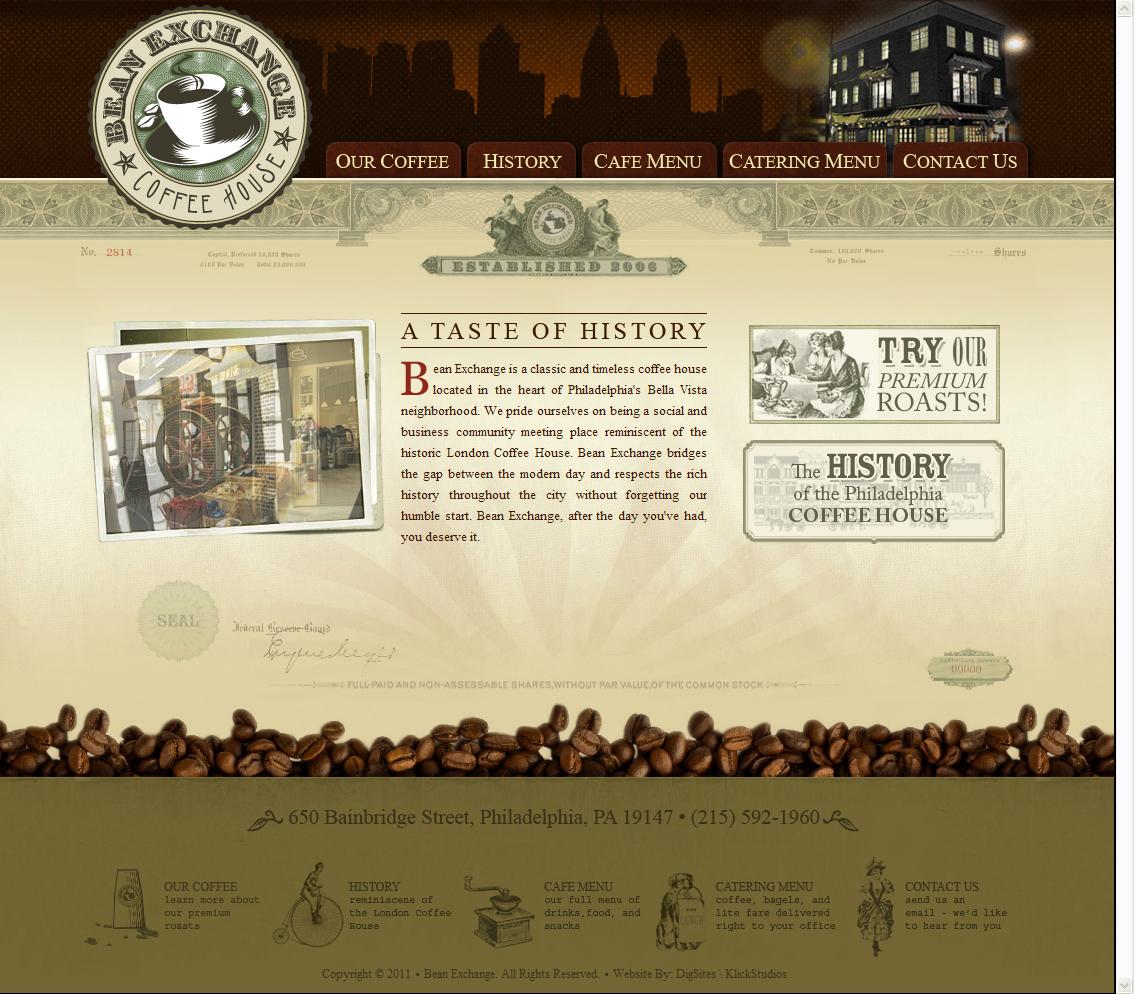
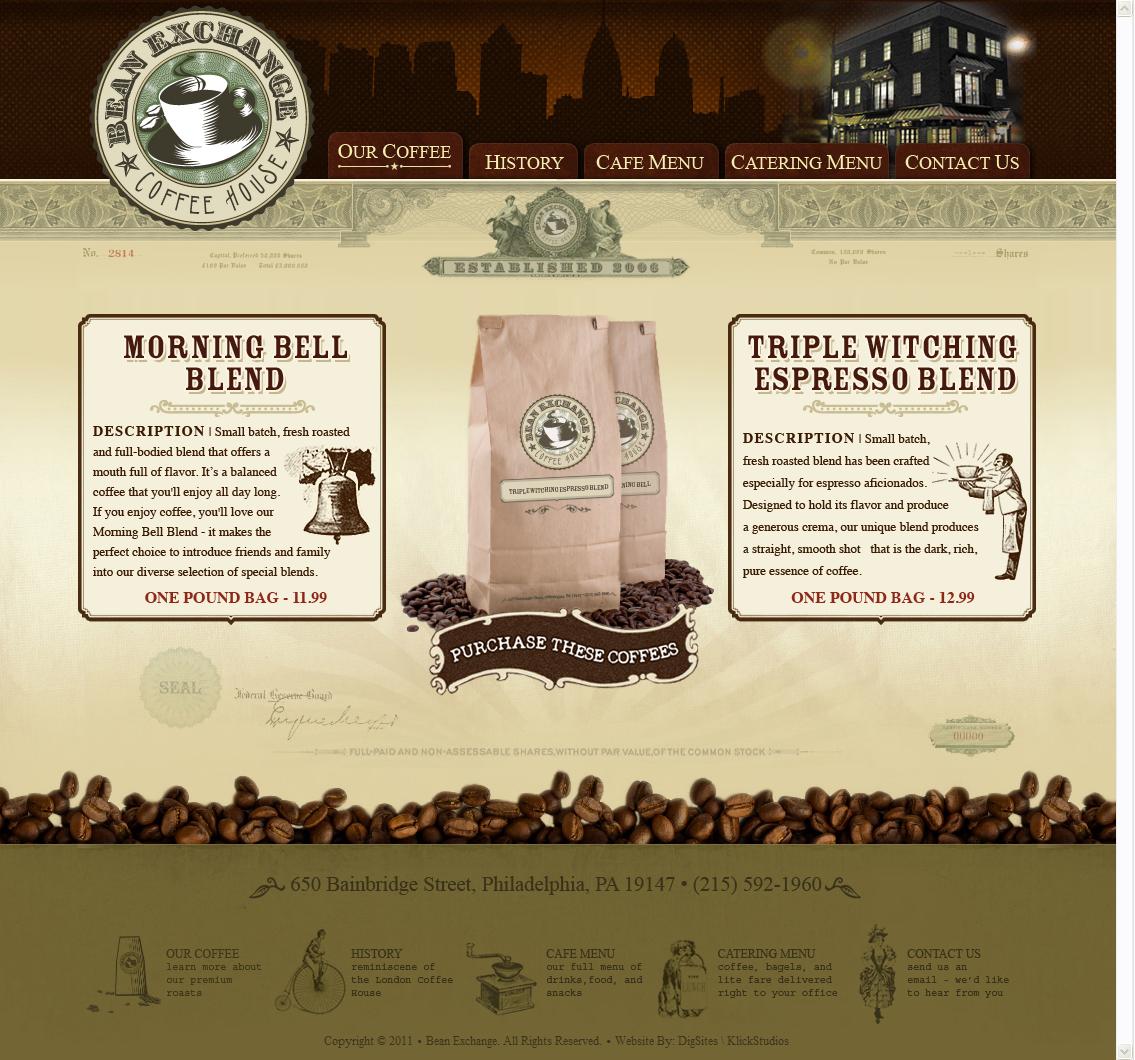
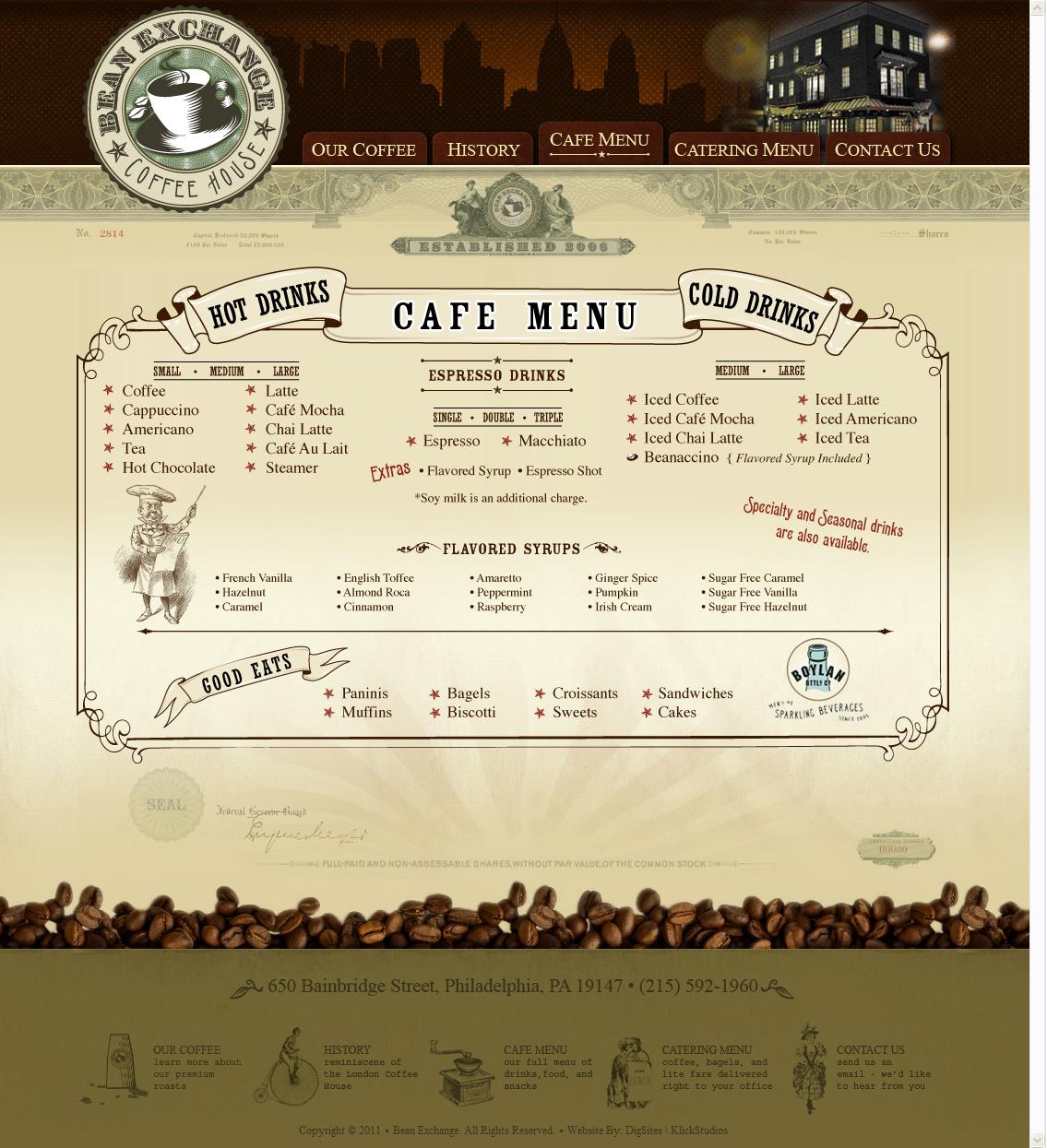
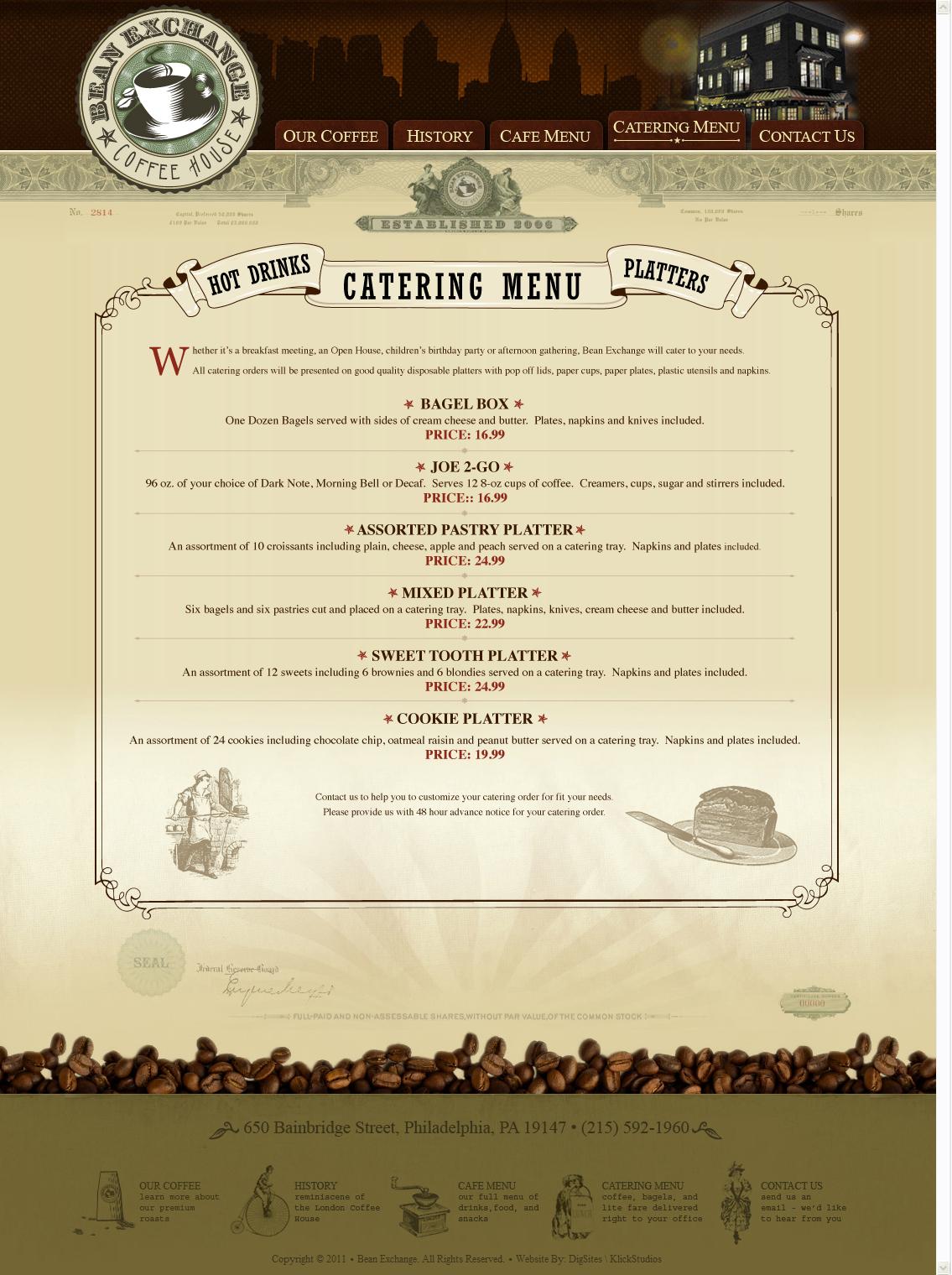
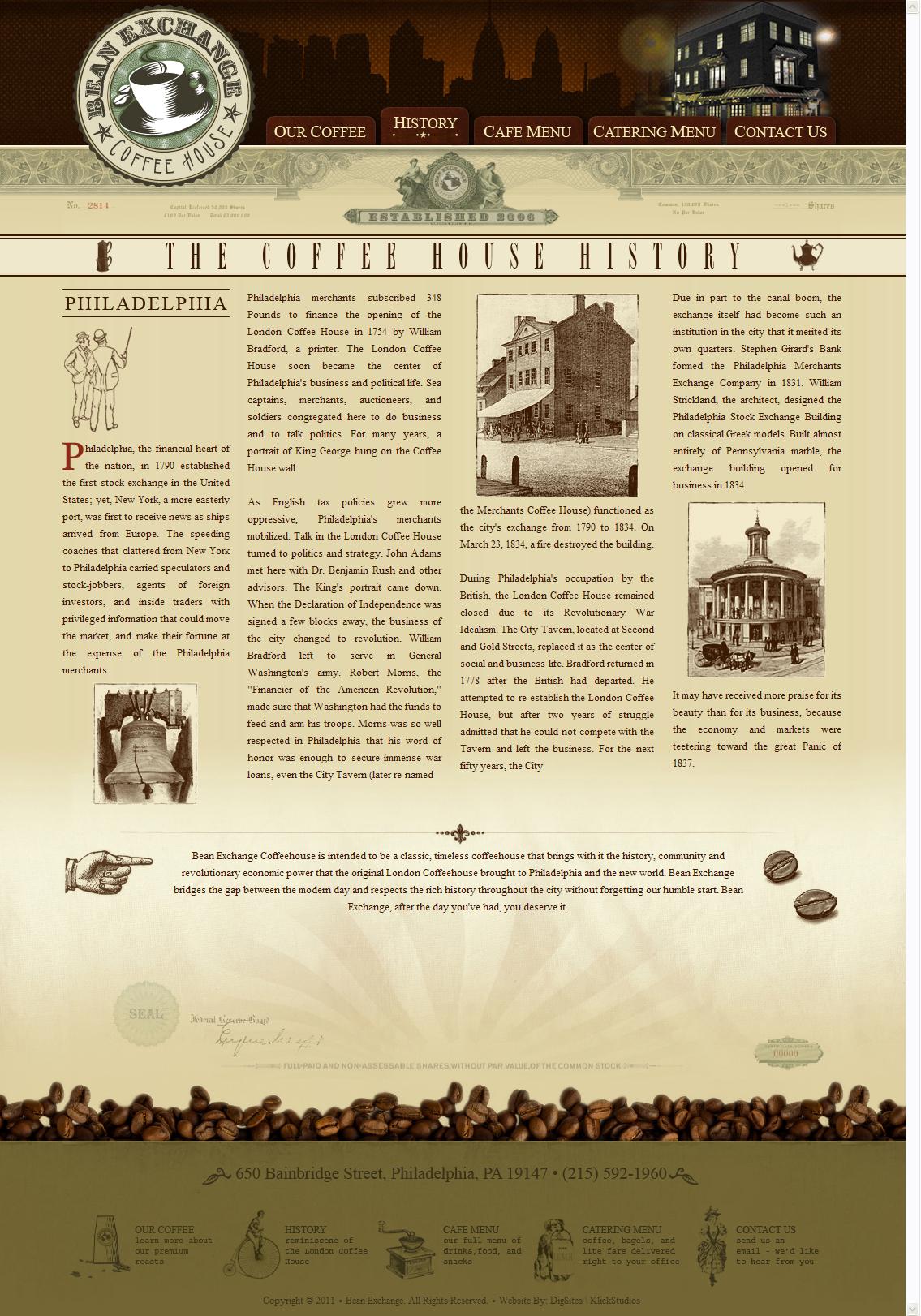
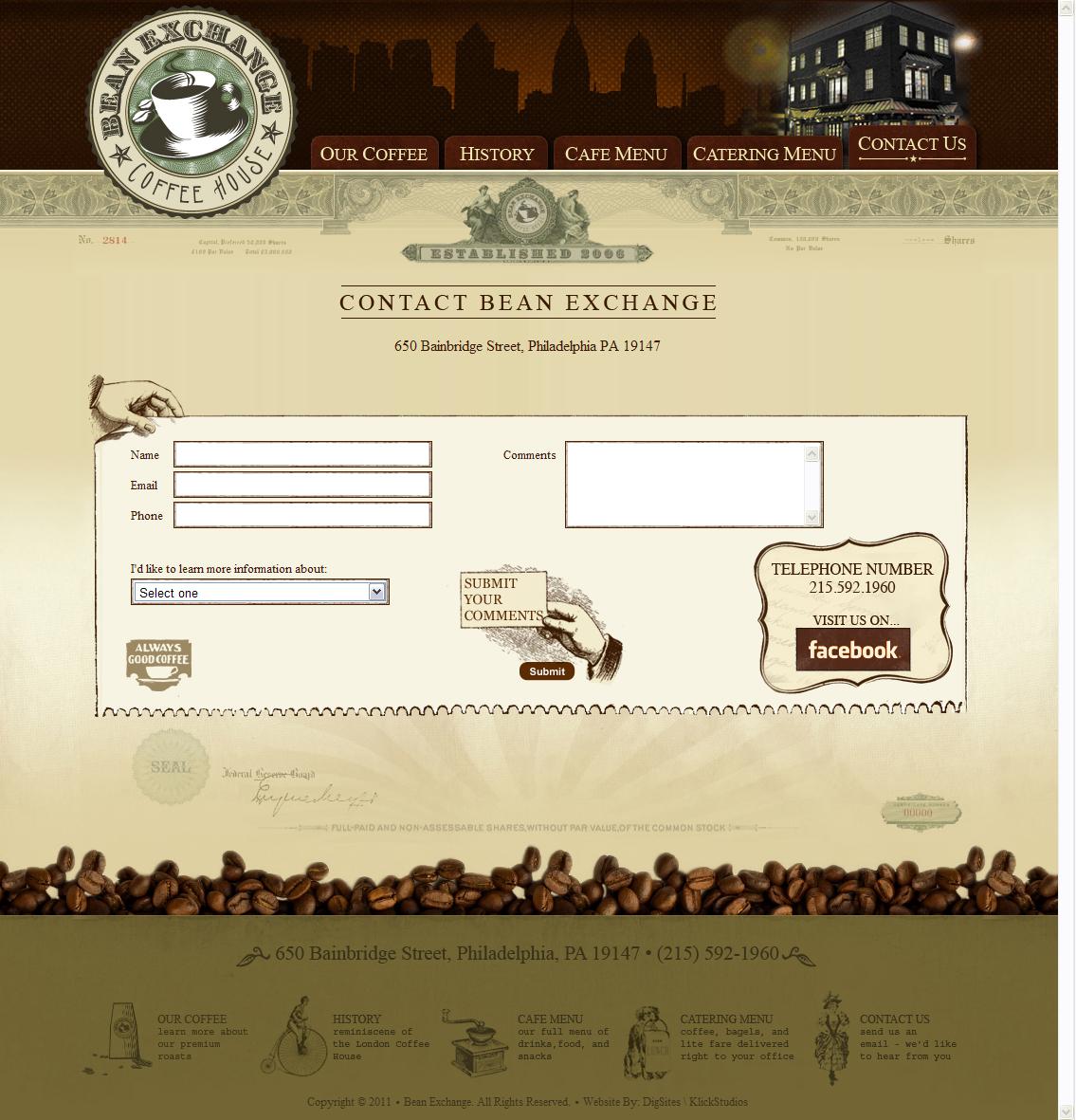
http://www.beanexchange.com |